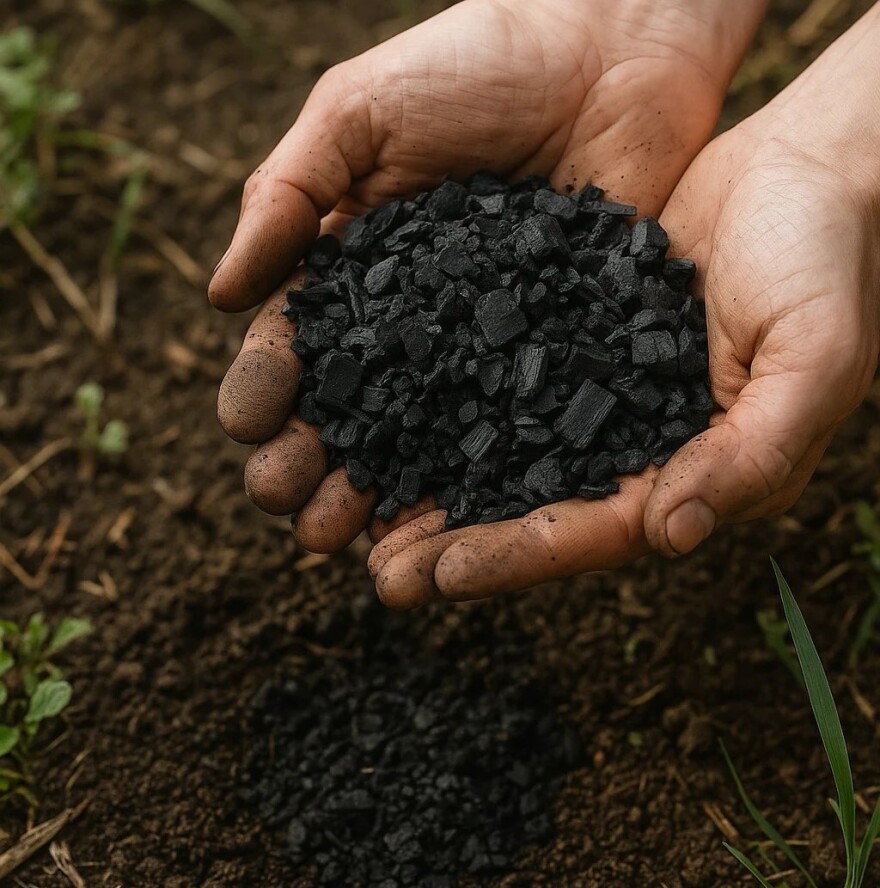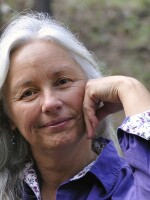Sometimes, something we think of as waste can be made valuable again. Consider biochar.
This charcoal-like material is produced by burning biomass at a very high temperature in the absence of oxygen. Biochar acts like a sponge holding organics and even heavy metals. It’s also slow to decay, and the carbon it contains remains highly stable.
Indigenous peoples of the Amazon recognized this virtue a long time ago. They took advantage of biochar in the soil to improve their crops. Now, people are revisiting biochar’s benefits — for agriculture, construction, wastewater cleansing, mine reclamation and other uses.
The solids remaining after wastewater is treated can be “cooked” into biochar, thus removing “forever chemicals” and other hazardous contaminants that would otherwise pollute land and water.
The City of Flagstaff is interested in this process, while the Flagstaff Water Group is testing a method to remove even more contaminants.
SouthWest Biochar, a family-owned company in Eagar, Arizona, produces biochar as a soil amendment.
And Boulder, Colorado, is working with businesses to use it as an additive to concrete, for a more durable and sustainable material.
A potential source of biochar that’s abundant in the Southwest is slash piles left after forest thinning. These are mostly burned in the open, producing smoke or damaging soils. Alternatively, the slash can be cooked onsite in mobile machines, then put to various helpful uses.
Biochar’s many positives — including sequestering carbon and thus reducing CO2 — illustrate that waste can indeed transform into something of value.
This Earth Note was written by Rose Houk and produced by KNAU and the Sustainable Communities Program at Northern Arizona University.






